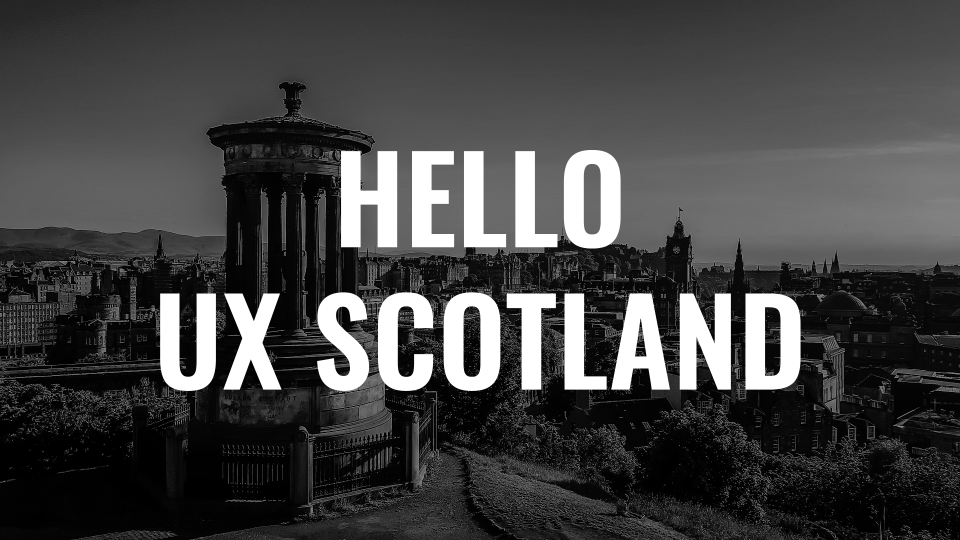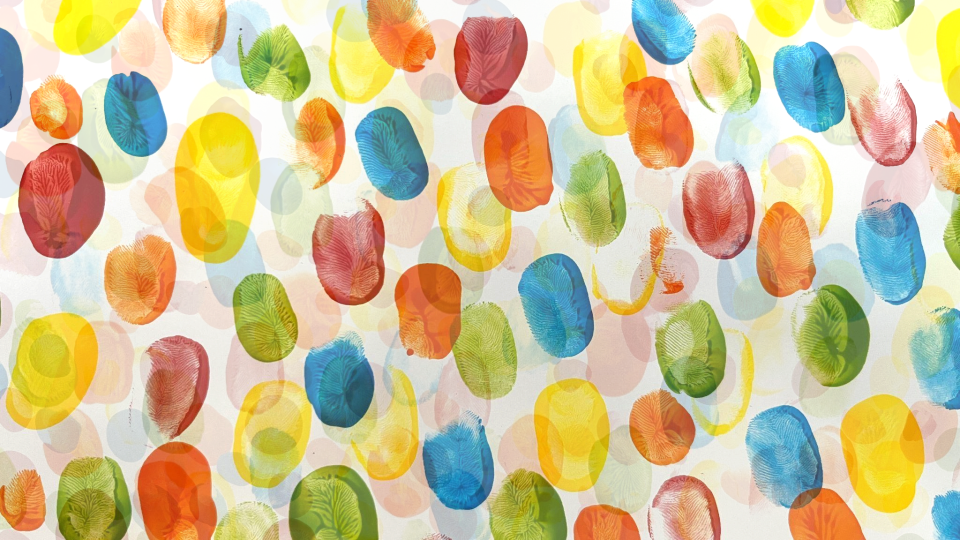Everything changes but you
I recently spoke at UX Scotland 2025. It was great to be back in Edinburgh for a few days, and I enjoyed being part of the conference.
I was last part of UX Scotland in 2013, which was the very first one. This year was officially its 10th anniversary, taking into account the Covid pandemic.

When invited to speak, the ask was to focus on how UX and design had changed since that first conference in 2013, a topic I was happy to explore. I also intended to bring some optimism and perspective at a time when the value of design is being questioned.
Rather than just share talk slides without context (slides are available here), I wanted to link to some more detailed posts and explain some of the themes. I’ve written several posts since the start of the year and have also finished some others in the weeks following the conference.
Responding to change with technology
In setting up the talk I used my framing of digital in an AI-era. I briefly touched on recent international politics here, including the situation in the US, sharing a quote I feel is very relevant to what we’ve seen unfolding.
“In government, it’s just so much easier to tear things down than it is to build things up.”.
Lindsay Young, Former 18F director
I used this prompt to talk about the need to recognise how, if DOGE understands one thing, it’s that technology is the infrastructure of everything.
Design is care
Design is care was the main theme of my talk. This is now written up as its own post: Design is care (and sensing carelessness). This is a topic that’s especially important right now – specifically, the increasing need for designers to respond with care when working with new, emerging technologies and AI.
I used examples here including the NHS and our national story around care (as told in the 2012 London Olympics opening ceremony), The Samaritans, and what I consider to be Apple’s long-established design philosophy of care – understanding that people sense care because we can all recognise carelessness.
The need for good design
The following thread of ideas and stories then made up the main body of my talk – all focused on understanding good design:
- Why the world needs good design …Because the world has enough average. Where I used my story about Van Gogh, his Sunflowers painting, and why creativity is needed more than ever.
- How good design is imagination and inspiration – now written up as its own post. Where I shared examples, including a Scottish primary school bike train and parkruns – showing how we need to make ideas real to inspire and make progress possible.
- How good design is the structure needed for the work – already its own post. Where I talked about teams and the importance of collaboration. Also, the type of care and structure that design can bring, helping organisations to make progress. I expanded on this point by referencing the book How Big Things Get Done by Bent Flyvbjerg. Specifically, his focus on why most big IT transformations still fail. I like how he explains the concept of “slow planning” as the need for experience and experimentation. I then talked about my post: You are here… or they are here? Also referencing TPXimpact’s work with YoungMinds – this is a good example of co-design, but it’s an organisation being deliberate in commissioning and structuring work in this way.
- How good design is strategic. Where I talked about how design needs to be strategic in how it works across organisations, and even whole systems. I referenced some of the latest work being shared by the Service Transformation team at GDS here: Making services work together – starting with health, disability and work.
- How good design is not losing sight of what makes us human. Where I spoke about the idea that: “in our systems, human is what connects and makes people feel seen.” I’ve now explored this topic further in its own post: Talking about the weather. This includes some new thoughts about AI in Education – going deeper into the impact of the AI mindsets we apply around efficiency and codification.
Learning to adapt with new tools
A final story I shared is one that I’ve not written up before. I used it here to illustrate that, while our tools might change, how we remain focused on our work is just as important.
This is the story of how the artist Henri Matisse, originally best known for his paintings, produced a very different style of art at the end of his life –now known as his ‘cut-outs’. I first saw these up close in a 2014 exhibition of this work at Tate Modern in London.
The cut-outs are the story of how Matisse became almost entirely bedbound after cancer and surgery. But it’s also a story of how he adapted how he worked with the help of assistants and new tools. The results are now considered some of his best and most creative works.
“Matisse survived for 20 years and developed a method of cutting out shapes from coloured paper and having people stick them on large wall-mounted sheets of paper for him.”
Reference: Able Magazine
I’ve liked this story for a long time because, whatever the circumstances, we can always find a way to respond. New tools, and new challenges or constraints, even in an AI-era, could mean we need to be more creative than ever.
Fingerprints
I ended my talk with the theme of fingerprints. This a simple idea I’ve come back to over a number of years: we can all be intentional about where we leave our fingerprints.
With the ideas I was exploring it felt important not to use AI-generated artwork in my slides. So the following illustration was the result of a rainy Sunday afternoon with my seven-year-old son – experimenting with some paints and getting our hands dirty.
I used this illustration at the start of the talk without any explanation and I eventually ended here.

Even when fingerprints are hard to see they’re still there. And while people won’t always be directly aware of your work, you can make sure that your fingerprints are in all the right places.
This is about people sensing care. And how, despite everything changing, our ability to sense and respond in ways that are human remains the same.
Everything changes but you.
To look is an act of choice
Towards the end of the talk, I shared a John Berger quote. This was a slide that I used in my last UX Scotland talk 12 years ago. It’s a timeless point, and Ways of Seeing is still essential reading as part of any design education.
“We only see what we look at. To look is an act of choice.”
John Berger
I had introduced the talk with a question: Who are you, and why are you here? It was a point about how we need to recognise where we are, and what’s in front of us.
To remind anyone who heard me speak: we can choose how we see things and how we respond. The important thing is that design keeps going.
Thank you to everyone who came along to the talk and to the conference. It was great to meet and talk to so many people. Also, a big thanks to the conference organisers and Jen Thomson for the speaking invitation and their support.
If you would like me to share a version of this talk with your team, or at your event, please get in touch.
This is my blog where I’ve been writing for 20 years. You can follow all of my posts by subscribing to this RSS feed. You can also find me on Bluesky and LinkedIn.